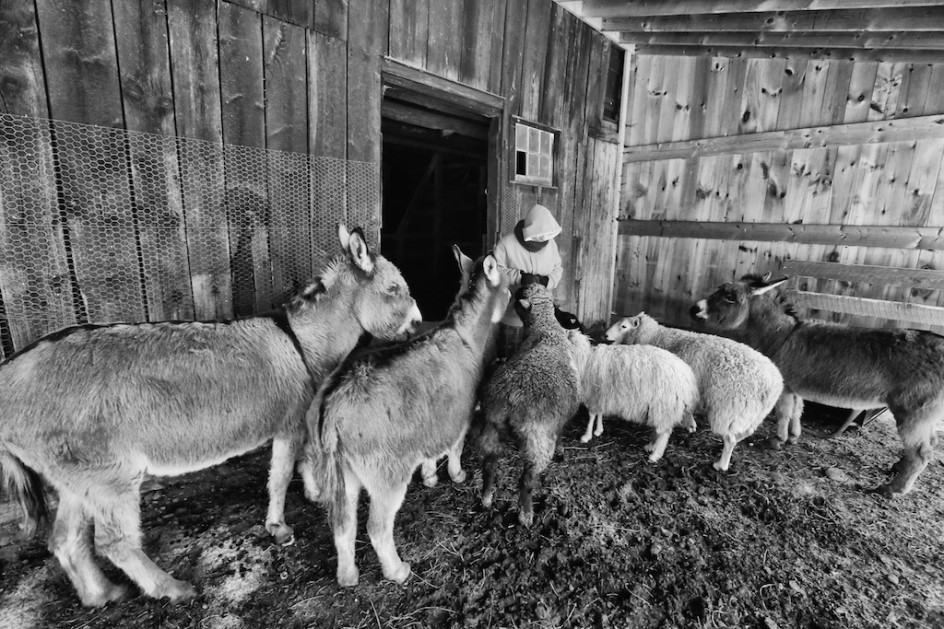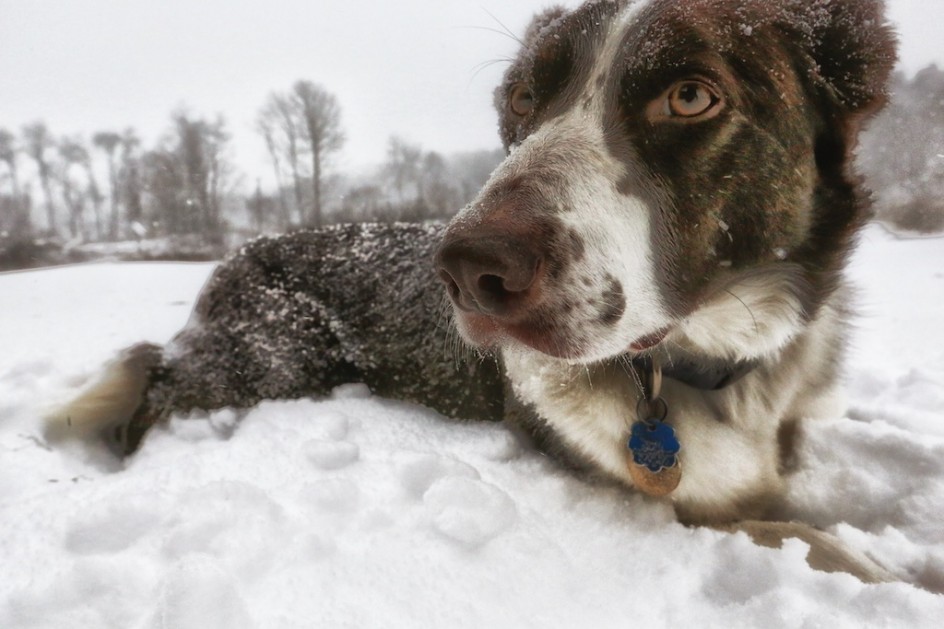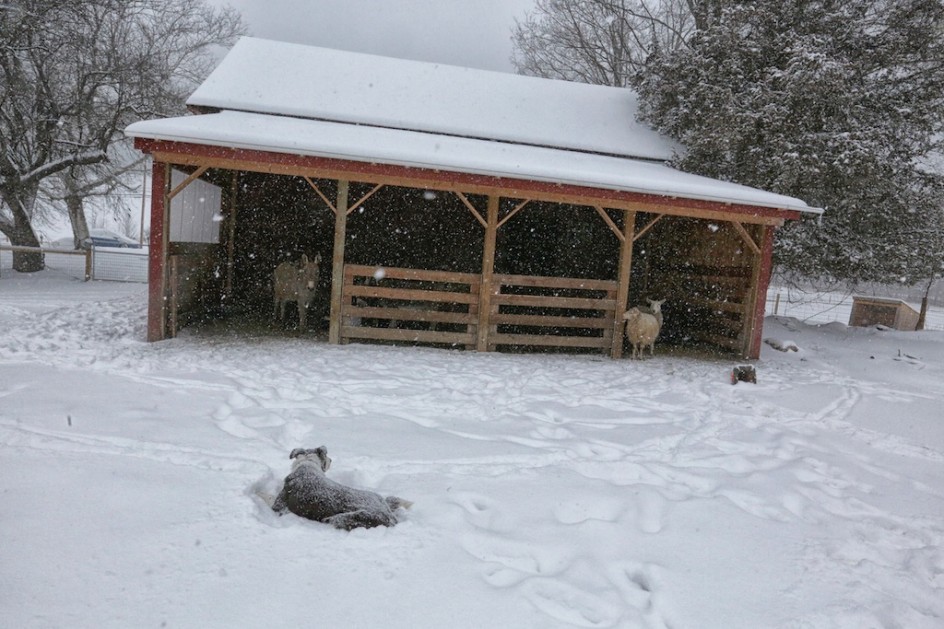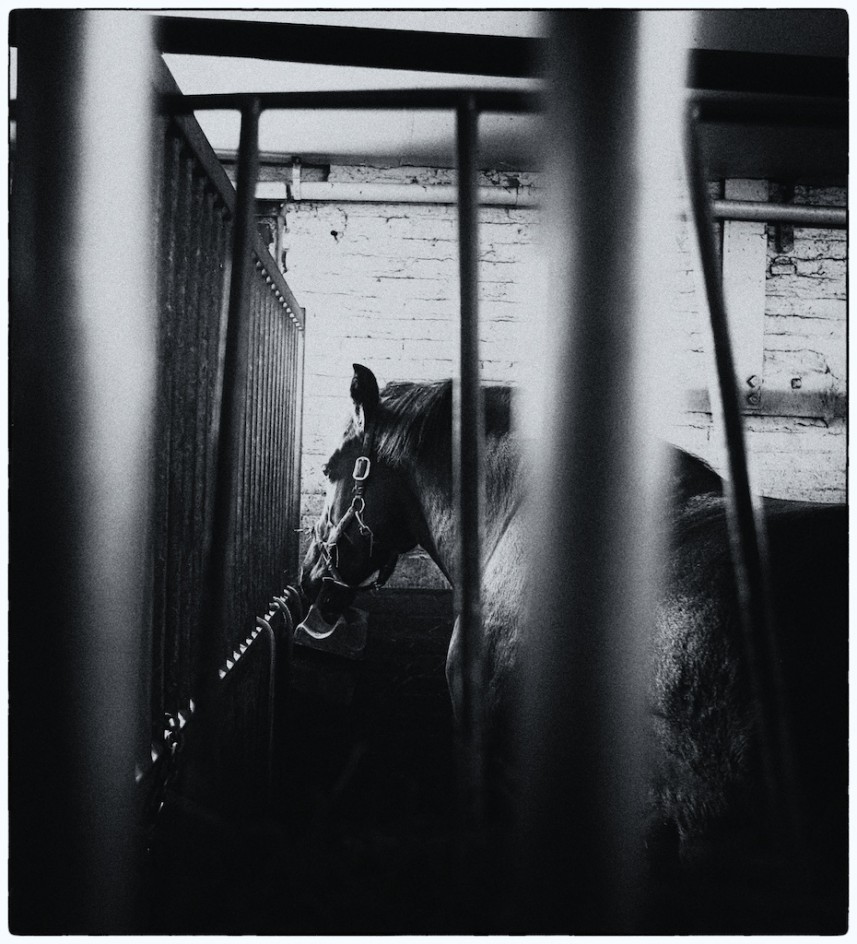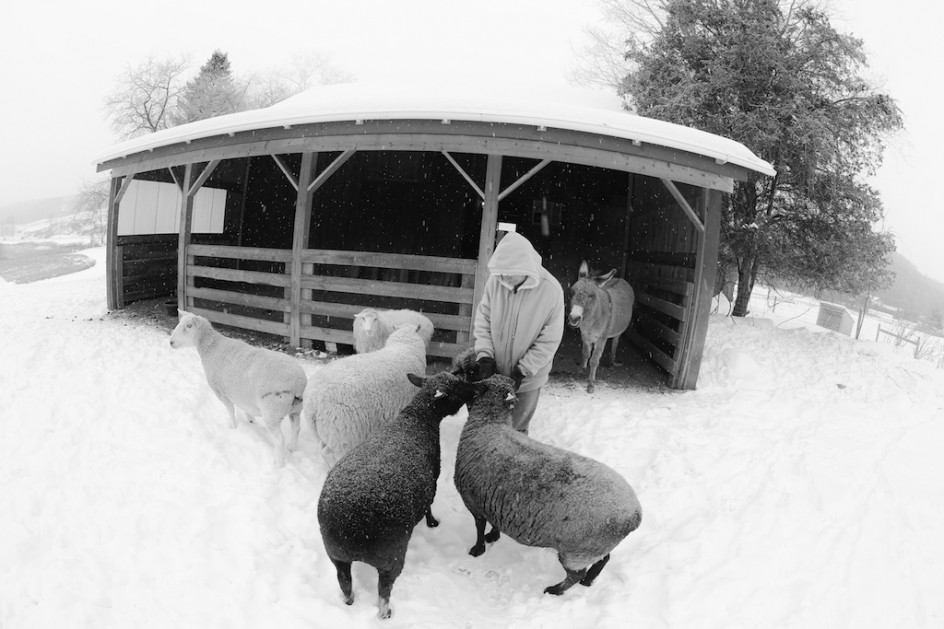
Maria and I have been together nearly five years now, married for more than three. Our relationship is a turning point in my life, it is always evolving, I think of our relationship as being like a garden, it requires weeding, nourishment, attention. It requires listening and learning. We always talk to each other when problems and issues arise, and any good relationship has problems and issues. Sometimes we get angry with each other, and then we really talk about things. I have learned so much in this relationship, it is one of the completely honest and trusting relationships I have had in my life.
And I am beginning to be old, I know I can never stop changing or opening my mind, that would be the first death.
Earlier in our lives, Maria and I both suffered greatly from what the therapists call co-dependent relationships, issues relating to control, surrendering parts of ourselves, losing ourselves in the lives and needs of others, enabling and being enabled. Co-dependence is a strange term, but it is a horror, really, it is, at the core, the loss of self, the destruction of the ego. We have both worked hard to recover from that, we are both sensitive to issues relating to control and independence.
Co-dependency is the excess emotional reliance on a partner, forming relationships that are one-sided or unhealthy. Co-dependent relationships often involve addictions of one kind or another. One therapist told me it was like giving pieces of yourself away to others until there is sometimes nothing left. There are takers and enablers everywhere, people who can suck your soul dry. Boundaries are the foundation of identity, of authenticity, they require attention every day of my life.
Once in a while, we need to stop and listen to one another. I find as I get older that there are some things I can’t do on the farm any longer, and Maria, who is very protective of me, as I am of her, is always eager to help out, to spare me the chores that hurt or that strain my back or legs. This is a difficult thing for me to accept, as it is for many men. I dread losing touch with how the farm works, with the details of the chores – where the grain is stored, where the brushes are, the medicines and syringes. I don’t want to lose touch with the animals or the rhythms of the farm, it is my identity, the source of my writing, my photography, the sense of self. I fear the day when I can’t fully participate in my own life, it is not here yet, I am not close to that, but it is sometimes on my mind.
Yesterday, when I came back from doing chores in town, I found Maria had fed all of the animals, watered them, done the chores. I was surprisingly and uncharacteristically upset about it, even angry. Maria was surprised, anger is very rare between us, she said she just thought I wasn’t going to be back in time. She didn’t understand why I was upset.
We sat down and talked about it, and as we talked I realized that she understood my feelings well, she knew how I felt, and was careful to make sure I had the opportunity to do whatever chores I could handle and wanted to, She understood how important it was that we share them – I help haul the firewood, bring out the water and hay, muck the barn, tend the stoves.
But I also saw that the real issue was that I was struggling to accept getting older, to acknowledge I can’t do as much as I did a few years ago, or for most of my life. That it was all right to let go of some things, and to do the many things I can do and want to do. It was my pride that was on the table, not her decisions. And I asked her to be thoughtful. Maria is the sort of person who will do every chore on the earth, left to her own devices, she has an obsessive streak, it is why she produces so many beautiful things. She doesn’t say this, but I know she also wants to spare me things that are uncomfortable – my knees and legs and back squawk at some chores. It was good to have this talk, good to talk, good to listen. I understood myself a bit better, we trusted one another even more. Trust is not simply given, it needs to be earned, acknowledged, over and over.
Today, it was Maria’s turn to be upset, she woke up this morning and said she wanted to go out in the storm and have lunch with a friend, I said I thought it would be impossible to travel on the roads, the forecast called for 12 inches. She thought I was telling her what to do. When we first were together, Maria was very anxious to prove she could live on her own, and she often drove her tiny little car to work (without four-wheel drive or snow tires) over steep hills and country roads with no cell service out in a series of powerful blizzards. This upset me, I worried about her all day, she had become so important to me, and I just couldn’t get easy with her driving around on icy and snowy roads in the dark in that car. She didn’t really care, she did it anyway, and good for her, she made it home every time.
When it came to for her to go out for lunch, I offered to drive her. I wanted to go into town and see a friend and do some errands, but it was her turn to be upset. It was important, she said, that she drive herself, she was uncomfortable with the idea that she needed to be driven, that I thought I needed to drive her. I explained that I wasn’t worried about the short trip into town, she was using my car, which has snow tires and four-wheel drive. It was not in a remote place like Hebron where the first Bedlam Farm was. I thought she was making a big deal out of nothing, it was just an offer to go in together, since I had to go in anyway.
But I realized this was a huge issue for her, being independent, being trusted to make good decisions, being free to run her own life. This is something we both want, we have never told one another what to do. I was stung that I had to prove that again. But why shouldn’t I? Maybe I will have to make it another 100 times. And maybe I will have to tell Maria every day of my life that I need to be relevant to the farm, to the life here, I do not want to be a bystander here, watching someone else do all of the work.
I said it was appropriate for me to be concerned about her sometimes, people get hurt all the time in snowstorms up here, but I also saw that there is a fine line sometimes between control and concern, something I learned from my mother. Maria has to make her own decisions about her safety and I have to let go of my old worries, something I have been learning to do for some years now.
In both conversations, we were reminded to listen to one another, to understand the deep feelings that were the foundation of our fears and old wounds. We were broken people, we are still putting ourselves back together again. That is not work that is ever done. Love is about supporting one another, not being defensive or feeling slighted or holding onto stubborn old positions. I commit myself to listening, always listening, our work together will never be done.
Conflict is frightening to both of us, but some are healthy, essential. It is not a question of right or wrong, it is a question of learning to respect someone else’s feelings, wherever they come from. This, like empathy, is an element of compassion. There are no perfect relationships any more than there are perfect lives, the meaning comes in how problems are resolved, not avoided. This is how love is preserved for me, and not eroded.

